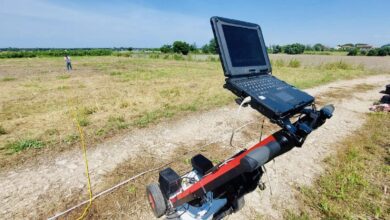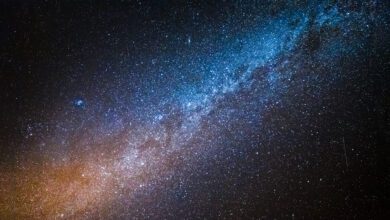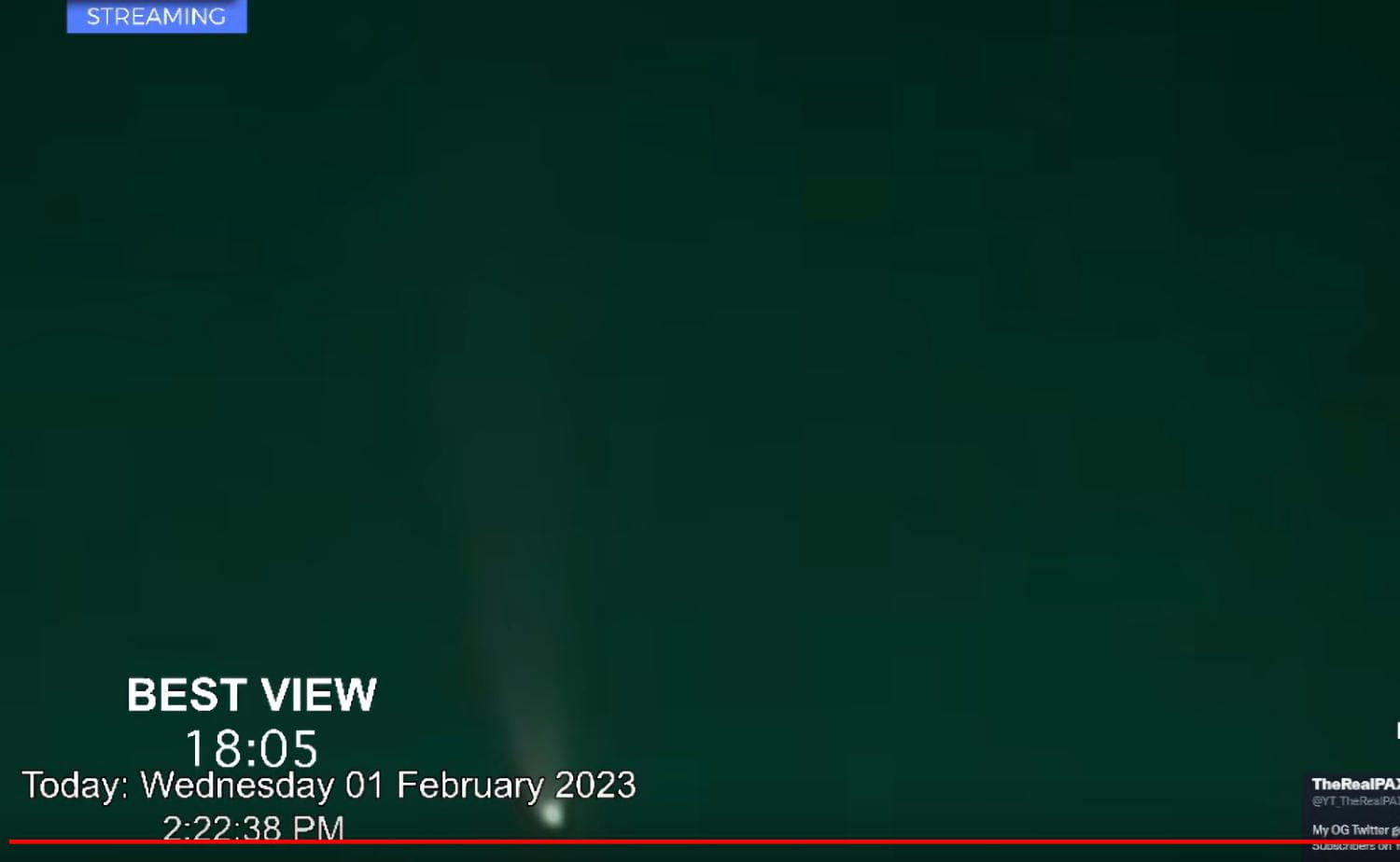
The Lyrides they are an annual meteor shower that usually reaches its peak between April 21st and 23rd. This event's audience astronomical is caused by the passage of the Earth through the debris left by comet C/1861 G1 Thatcher. When this debris, mainly small fragments and particles left behind by the comet, enter the Earth's atmosphere at high speed, they ignite due to friction with the air, creating the bright trails commonly known as shooting stars.
The source of these meteors, Comet Thatcher, has a very long orbital period of about 415 years, meaning it does not return to the inner solar system often. However, the debris it leaves behind forms a meteor shower that Earth passes through every year.
The Lyrids take their name from the constellation from which they appear to come, Lyra. The radiance, or the point from which meteorites appear to radiate into the night sky, is located near the brightest star in this constellation, Vega. Vega is one of the brightest stars in the night sky and serves as a reference point for identifying meteor showers.
This celestial spectacle is observable from both hemispheres, but is best seen from the northern hemisphere, where the constellation Lyra is highest in the sky. The Lyrids can vary in intensity from year to year, with peaks ranging from 10 to 20 meteors per hour under normal conditions to occasional meteor storms, which can produce hundreds of meteors per hour, although such events are rare.
To best observe the Lyrids, it is advisable to move away from city lights and find a place with a dark sky and free from light pollution. No special tools are needed to enjoy the show, although patience and comfort significantly improve the viewing experience.

The Eta Aquarids they are a meteor shower that occurs every year, generally between the end of April and the beginning of May. This celestial event is caused by debris left behind by Halley's comet, which passes through Earth's orbit at this time of year. When this debris enters the Earth's atmosphere, it ignites, creating bright trails in the night sky that are commonly called "shooting stars".
For 2024, the Eta Aquarids are expected to reach their peak around the beginning of May, usually between May 5 and 6. This meteor shower is particularly known for its high speed of entry into the Earth's atmosphere, which can reach 66 km/s, making the trails particularly bright and fast.
Observation of the Eta Aquarids is generally best from the southern hemisphere, where it is possible to see up to 60 meteors per hour during the peak, thanks to the more favorable position of the radiance, near the star Eta Aquarii in the constellation Aquarius. However, this spectacle can also be observed from the northern hemisphere, albeit with fewer meteors visible per hour.
To best enjoy the Eta Aquarids in 2024, it is advisable to look for a place away from the light pollution of cities, with a clear sky and a wide field of vision. You don't need telescopes or binoculars to observe shooting stars; in fact, it is better to use only the eyes, as they allow you to cover a larger portion of the sky. Being patient and comfortable is essential, so bringing a beach chair or blanket can enhance the experience. Considering weather conditions and the phase of the moon can also help plan the best possible observation, as a bright Moon can make it more difficult to see fainter meteorites.
For the all star calendar: https://starwalk.space/it/news/meteor-shower-calendar









